Intro
The Mugalzhar Horse is a large animal bred primarily for meat and milk production, they come from crossing local mares with Jabe stallions. They are well adapted for year round pasturing.
Read more
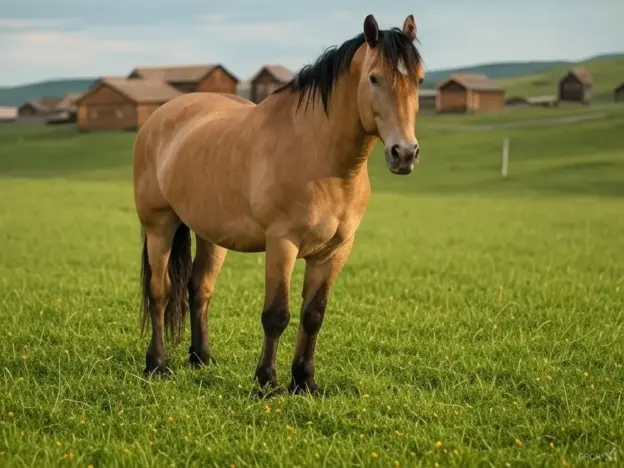

Also called Deutscher Falbe, the German Dun appears to be a color breed that is more concerned with conformation, character and color. The information about this breed is unclear, but we were able to find breed standards and they appear in the DAD-IS.
Read more
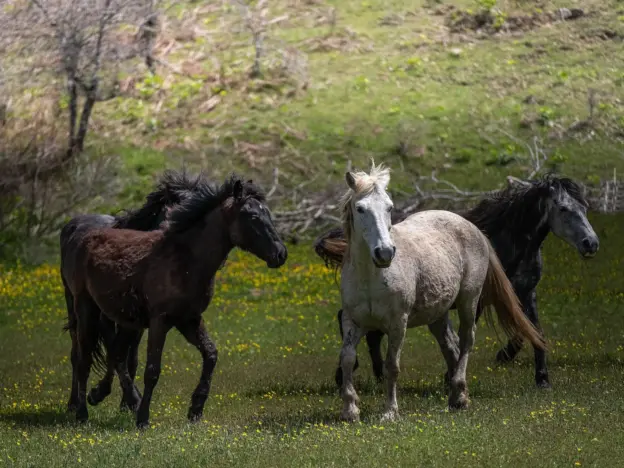
The Ainos or Aenos Pony is an incredibly rare breed of pony found only on the western Greek island of Kefalonia in the Gulf of Pátras. Sadly, tourism, poaching and lack of grazing land are a major threat to this breed – their numbers shrink every year.
Read more


The Yakut Horse comes from northern and central Siberia, developed in relative isolation. This robust little creature was created by the harsh natural conditions that surround them. In fact, they reside further north than any other breed of equine. For that alone they are an interesting breed.
Read more
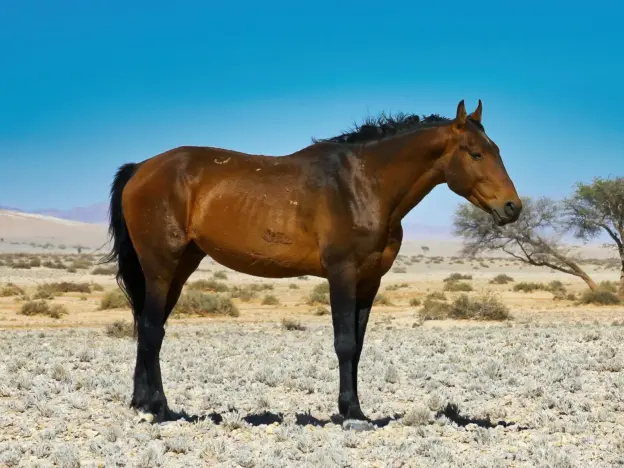
The Wild Horses found in Namibia are not indigenous to the area, so technically they are not wild, but feral. Horses were first imported to southern Africa in the 17th century from Europe and like the mustangs of North America eventually made their way into the wild.
Read more

The Vyatka or Viatka is a native northern breed that comes from of the Kirov and Perm regions of Udmurtia which is a climate well suited for horse breeding.
Read more
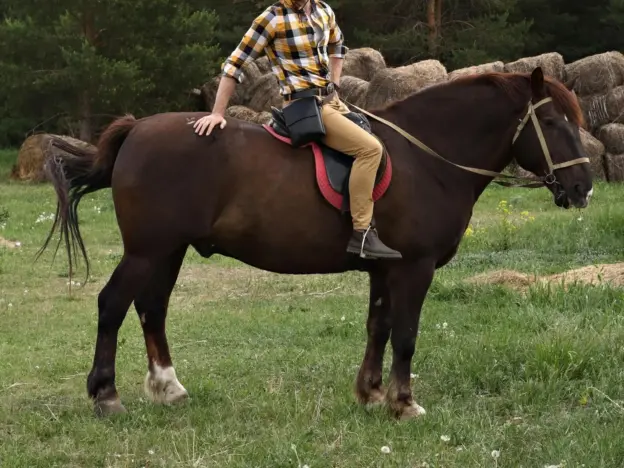
Also called the Tavdinka and Tavdinskaya, the Tavda is a forest type draft breed that comes from northern Russia and is considered a rather natural breed as their development has had very little human intervention.
Read more

Also called Soembawa, the Sumbawa Pony is a close kin to Sumba Ponies, but they tend to be smaller and originate on the Indonesian island of Sumbawa. Often they are referred to as the same breed because of the close proximity of the islands and the amount of cross breeding between them.
Read more
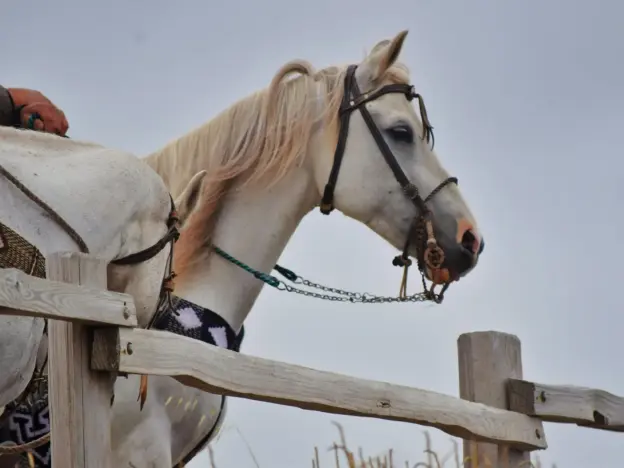
Interestingly enough, the Spanish Barb originated in the Americas, although they were developed by the Spanish. They come from North African and Iberian animals.
Read more